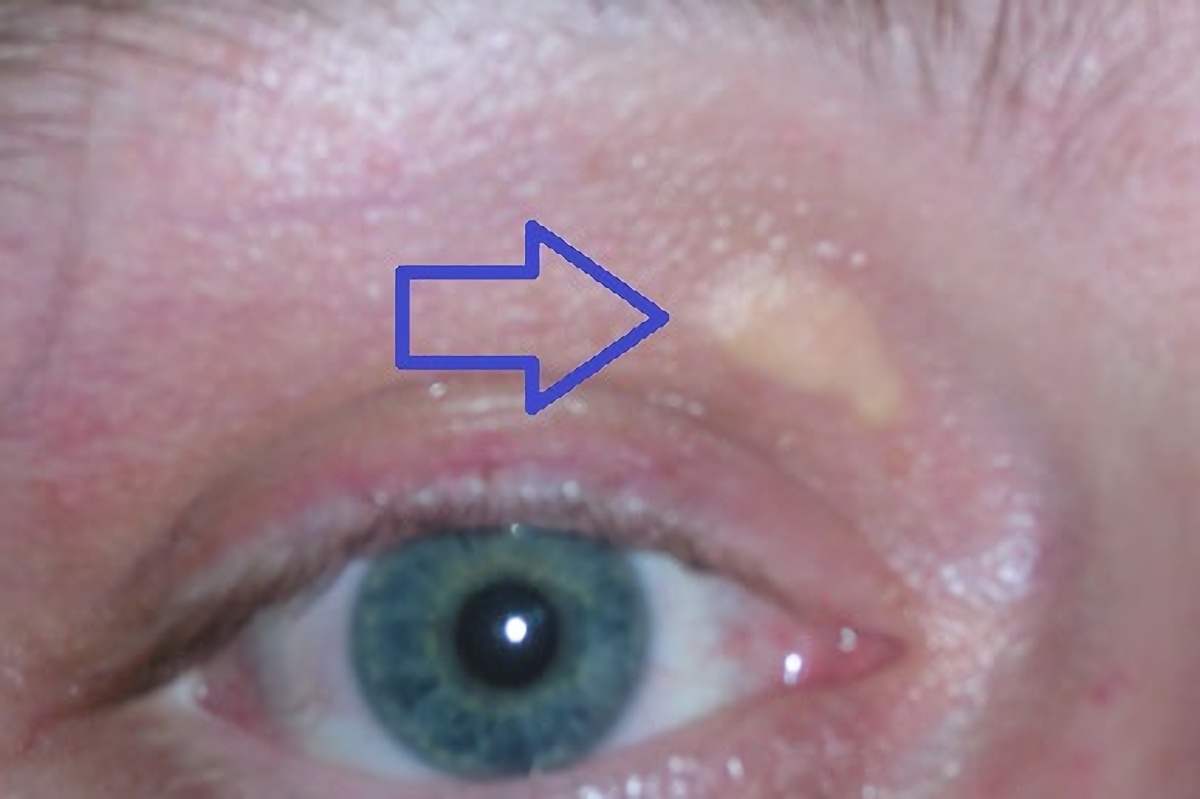|
Simfibrate
Simfibrate ( JAN/ INN; trade name Cholesolvin) is a fibrate that has been used for the treatment of hyperlipidemia. The substance is a double ester of clofibric acid with 1,3-propanediol which is cleaved in the body to one molecule of 1,3-propanediol and two molecules of clofibric acid which is the true lipid-lowering agent. References 4-Chlorophenyl compounds 2-Methyl-2-phenoxypropanoic acid derivatives {{cardiovascular-drug-stub ... [...More Info...] [...Related Items...] OR: [Wikipedia] [Google] [Baidu] |
|
|
Fibrate
In pharmacology, the fibrates are a class of amphipathic carboxylic acids and esters. They are derivatives of fibric acid (phenoxyisobutyric acid). They are used for a range of metabolic disorders, mainly hypercholesterolemia (high cholesterol), and are therefore hypolipidemic agents. Medical uses Fibrates improve atherogenic dyslipidemia characterized by high triglyceride and/or low HDL-C levels and elevated concentrations of small dense LDL particles, with or without high LDL-C levels. Fibrates may be compared to statin drugs, which reduce LDL-cholesterol (LDL-C) and have only limited effects on other lipid parameters. Clinical trials have shown that the combination of statins and fibrates results in a significantly greater reduction in LDL-C and triglyceride levels and greater increases in high-density lipoprotein cholesterol (HDL-C) compared with monotherapy with either drug. Fibrates are used in accessory therapy in many forms of hypercholesterolemia, but the combin ... [...More Info...] [...Related Items...] OR: [Wikipedia] [Google] [Baidu] |
|
|
Japanese Accepted Name
A (JAN) is the official non-proprietary or generic name given to a pharmaceutical substance by the Government of Japan. See also * International Nonproprietary Name (INN) * United States Adopted Name (USAN) * British Approved Name (BAN) * '' Japanese Pharmacopeia'' References External links * Naming conventions Pharmacological classification systems Japanese names {{Pharmacy-stub ... [...More Info...] [...Related Items...] OR: [Wikipedia] [Google] [Baidu] |
|
 |
Hyperlipidemia
Hyperlipidemia is abnormally high levels of any or all lipids (e.g. fats, triglycerides, cholesterol, phospholipids) or lipoproteins in the blood. citing: and The term ''hyperlipidemia'' refers to the laboratory finding itself and is also used as an umbrella term covering any of various acquired or genetic disorders that result in that finding. Hyperlipidemia represents a subset of dyslipidemia and a superset of hypercholesterolemia. Hyperlipidemia is usually chronic and requires ongoing medication to control blood lipid levels. Lipids (water-insoluble molecules) are transported in a Apolipoprotein, protein Lipoprotein, capsule. The size of that capsule, or lipoprotein, determines its density. The lipoprotein density and type of apolipoproteins it contains determines the fate of the particle and its influence on metabolism. Hyperlipidemias are divided into primary and secondary subtypes. Primary hyperlipidemia is usually due to genetic causes (such as a mutation in a recepto ... [...More Info...] [...Related Items...] OR: [Wikipedia] [Google] [Baidu] |
|
Ester
In chemistry, an ester is a compound derived from an acid (either organic or inorganic) in which the hydrogen atom (H) of at least one acidic hydroxyl group () of that acid is replaced by an organyl group (R). These compounds contain a distinctive functional group. Analogues derived from oxygen replaced by other chalcogens belong to the ester category as well. According to some authors, organyl derivatives of acidic hydrogen of other acids are esters as well (e.g. amides), but not according to the IUPAC. Glycerides are fatty acid esters of glycerol; they are important in biology, being one of the main classes of lipids and comprising the bulk of animal fats and vegetable oils. Lactones are cyclic carboxylic esters; naturally occurring lactones are mainly 5- and 6-membered ring lactones. Lactones contribute to the aroma of fruits, butter, cheese, vegetables like celery and other foods. Esters can be formed from oxoacids (e.g. esters of acetic acid, carbonic acid ... [...More Info...] [...Related Items...] OR: [Wikipedia] [Google] [Baidu] |
|
|
Clofibric Acid
Clofibric acid is a biologically active metabolite of the lipid-lowering drugs clofibrate, etofibrate and with the molecular formula C10H11ClO3. It has been found in the environment following use of these drugs, for example in Swiss lakes and the North Sea. Some derivatives of clofibric acid are in a drug class called fibrates In pharmacology, the fibrates are a class of Amphiphile, amphipathic carboxylic acids and esters. They are derivatives of fibric acid (phenoxyisobutyric acid). They are used for a range of metabolism, metabolic disorders, mainly hypercholesterole .... See also * Phenoxy herbicides to which the compound is chemically related References 4-Chlorophenyl compounds 2-Methyl-2-phenoxypropanoic acid derivatives {{Ether-stub ... [...More Info...] [...Related Items...] OR: [Wikipedia] [Google] [Baidu] |
|
|
Lipid-lowering Agent
Lipid-lowering agents, also sometimes referred to as hypolipidemic agents, cholesterol-lowering drugs, or antihyperlipidemic agents are a diverse group of pharmaceuticals that are used to lower the level of lipids and lipoproteins, such as cholesterol, in the blood (hyperlipidemia). The American Heart Association recommends the descriptor 'lipid lowering agent' be used for this class of drugs rather than the term 'hypolipidemic'. Classes The several classes of lipid lowering drugs may differ in both their impact on the cholesterol profile and adverse effects. For example, some may lower low density lipoprotein (LDL) levels more so than others, while others may preferentially increase high density lipoprotein (HDL). Clinically, the choice of an agent depends on the patient's cholesterol profilecardiovascular risk and the liver and kidney functions of the patient, evaluated against the balancing of risks and benefits of the medications. In the United States, this is guided by th ... [...More Info...] [...Related Items...] OR: [Wikipedia] [Google] [Baidu] |